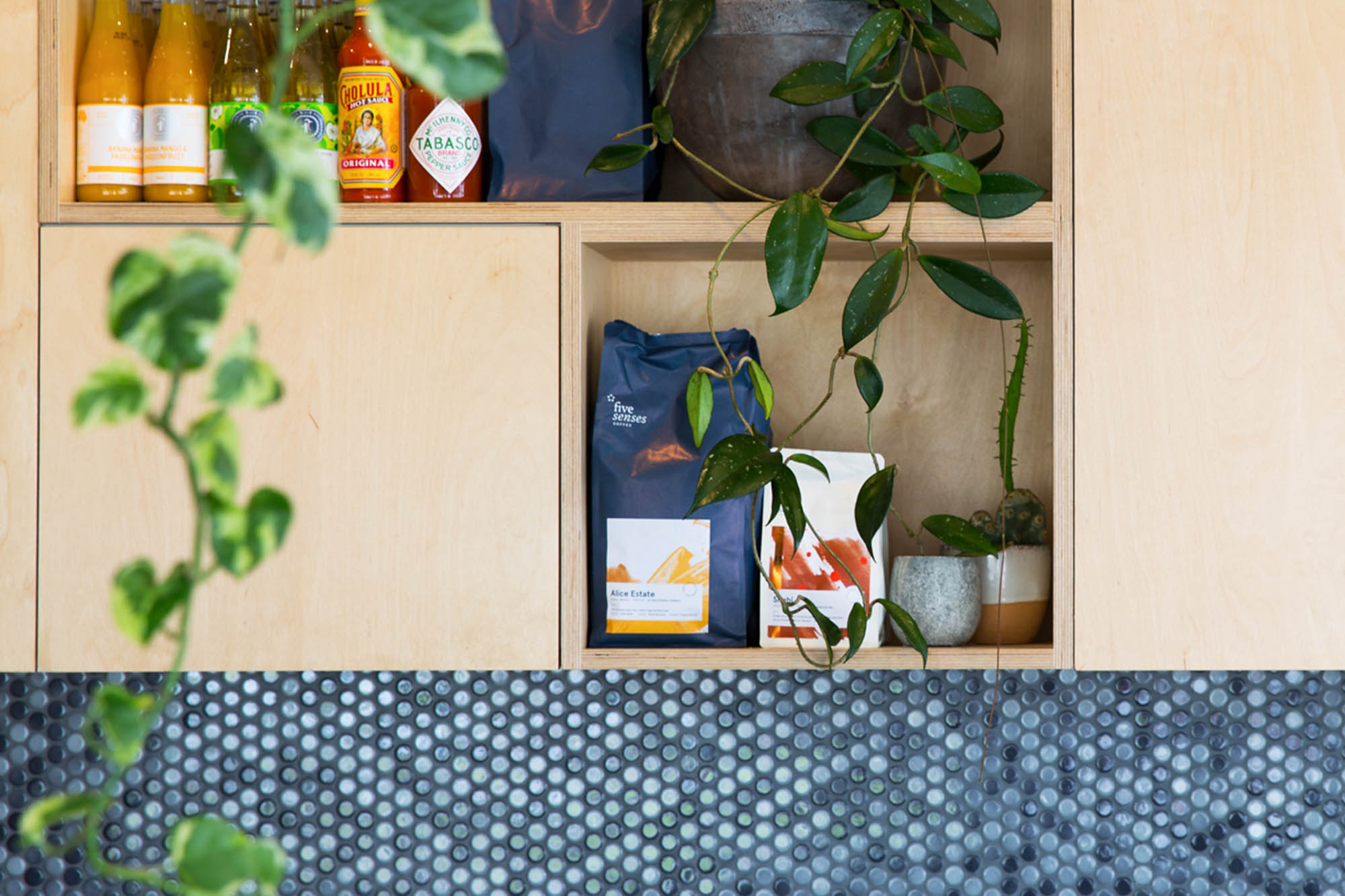With any culinary pursuit, the golden rule is to start with quality ingredients. Many of today’s leading restaurants make a name for themselves by creating simple dishes from incredibly fresh produce. The same rule applies to coffee.
It’s vital that you store your freshly roasted coffee correctly so that you maximize the volatile flavours and aromas in your cup.
There are three main elements which can speed up the staling process for coffee.
Air
Just like wine, coffee oxidizes, so the more it is exposed to air and oxygen, the more the coffee flavour is degraded. The coffee bean harbours numerous volatile aromatics and oils which, when they come into contact with air, become rancid and evaporate.
Always aim to keep your coffee beans or ground coffee in as airtight environment as possible.
In terms of packaging, most people use bags that have a one-way valve.After roasting, coffee begins to emit a number of gasses, including carbon dioxide. This happens primarily in the first three to five days. The one-way valve allows the carbon dioxide to escape from the bag without building up and bursting the seal, which would allow oxygen in.
Many companies suggest that sealed bags with a one-way valve are the be-all and end-all of coffee storage. Some even claim that such a valve allows the coffee to remain fresh indefinitely until the packet is opened. The reality is that using freshly roasted beans, ie something roasted within the past two to three weeks, will always produce the best result. As long as your beans are in a relatively airtight environment, they should last quite well.
In a café: this means opening the bags one at a time, and making sure that you empty your beans from the hopper into a snap tight tub at the end of each night. Alternatively, you could refill the last bag you emptied of beans and fasten it with an elastic band.
At home: make sure you store your beans in a Tupperware container or a zip lock bag. Many of the 250g retail bags come with a re-sealable zip lock for easy storage.
This oxidizing action is one of the primary reasons why ground coffee becomes stale a lot more quickly than whole beans. Imagine the surface area of a bean; now imagine the total surface area of that same bean once it has been ground into hundreds of smaller particles! This massively increased surface area exponentially increases the staling speed; the general rule of thumb for ground coffee freshness is around three to five minutes. Obviously, with this in mind, purchasing yourself a good burr grinder and grinding your beans just before you brew will increase the quality of your coffee enormously. (Check out my previous article, Grinding at Home, for more information on grinders.)
Moisture
Coffee is hygroscopic. This means that it absorbs moisture from the surrounding environment very easily. Moisture on the surface of your coffee will leach out much of the aroma and flavour from the beans or grounds, so you want to keep it as dry as possible.
We often come across people who hold to the common myth that you should store your coffee in the fridge or freezer to keep it fresh. Unfortunately, both the common household fridge and freezer are quite moist and will damage the coffee quite easily.
You may have noticed that your coffee can absorb lots of odours and flavours from the surrounding environment.
If you have put your coffee in the fridge before, you may have noticed that it comes out tasting like other things in your fridge, and while taste is a subjective thing, I’m not a huge fan of fishy or gorgonzola-tasting coffee!
There is much debate in the specialty coffee world about the pros and cons of freezing coffee using commercial snap freezers and other methods, but at the end of the day, our philosophy is that fresh is best. You don’t quibble over whether importing bread from France and freezing it for use in Australia is a good idea; instead you source an artisan, local baker who can deliver their product fresh to you on a regular basis. The same goes for coffee. Buy small quantities on a regular basis, and the discussion over freezing becomes a moot point.
Heat
Heat, especially in our toasty Australian summer, is a big issue when it comes to your favourite brew. When coffee beans are heated up too much, the oils which are the major source of flavour, quickly start to sweat out onto the surface of the bean. These oils are highly volatile and will quickly evaporate, again losing much of the flavour and aroma you could potentially capture in the cup.
You will notice that the ‘traditional Italian’ roasts which look almost black on the surface are often quite oily — this is due to the longer or hotter roasting time, which generally reduces the sweetness and leaves an ashy aftertaste.
When storing your beans, make sure you keep them in a cool, dark place, as sunlight or hot halogen down-lights will cause the beans to stale more rapidly.
The optimum storage conditions are around 20 to 25C. In a commercial environment, avoid putting your beans next to hot fridge motors, on top of the espresso machine or in a bean hopper in a sunny window. At home, make sure you keep the beans low down (remember that hot air rises) and away from your stove/oven, microwave etc.
Essentially, you want to store your coffee beans in similar conditions to wine — always keep your coffee in a cool, dark and dry place and you’ll maintain all of the precious aromas and flavours which make up that lovingly brewed cup.
To learn more about getting the most out of your coffee and espresso machine, take a look at our Barista Training Courses
For Commercial and Domestic Grinder options, check out our options online



